The RF admittance level transmitter measures the changing capacitance between the sensing probe and the reference ground to determine the level of the material in the vessel. When the sensing probe is in air only (no material around the sensing probe; vessel is empty), the amount of capacitance is measured. As the target material (level in the tank) begins to increase and surround the sensing probe, the capacitance changes proportionately until the maximum material level is reached. The difference in capacitance between the value with material present at any given point on the probe and the value in air only is proportional to the target material level on the sensing probe.
RF Admittance Level Transmitter utilizes the capacitance formed between the sensing probe and the reference probe or the metal vessel wall to calculate the level of the medium inside the vessel according to the capacitance theory that the capacitance and vessel are proportional increased.
When the probe is surrounding by the air, little capacitance (C ) is measured by the equivalent A capacitor, the capacitance increase gradually as computing media, the max. capacitance (C ) will be B measured while the tank is full, the difference (dC) between C and C is proportional to the level. A B (Recommend range dC =25 ~2000 pF)
Source : FineTek
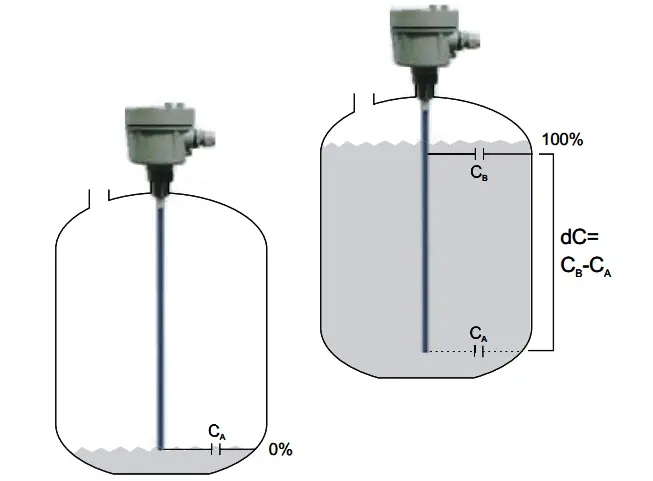

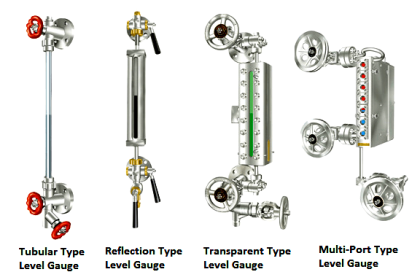
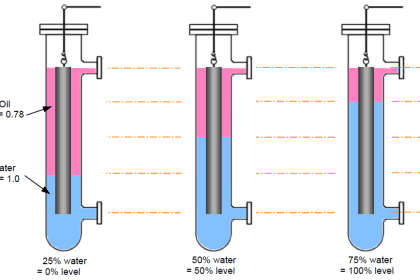
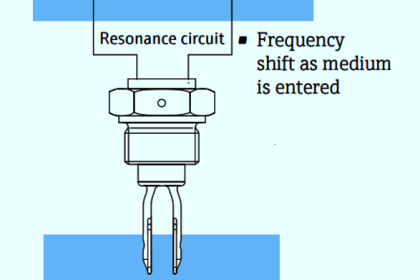
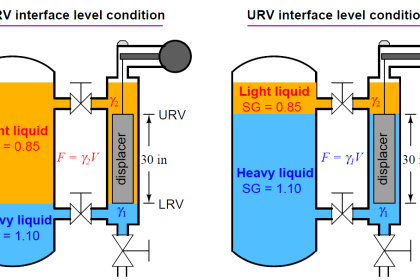
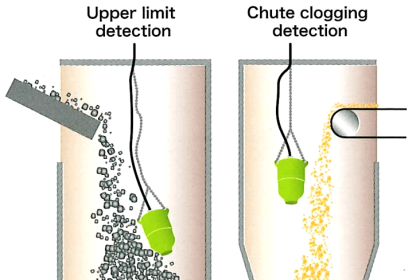
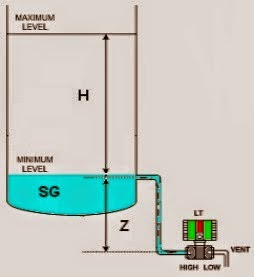

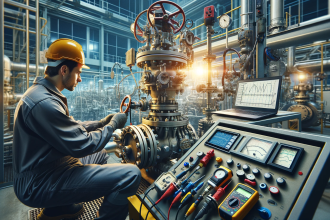

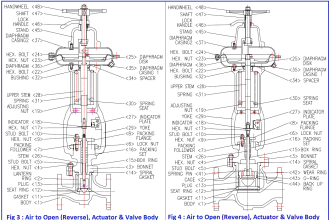
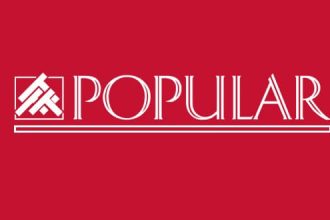
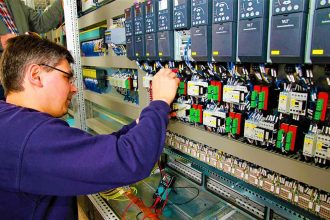




So useful